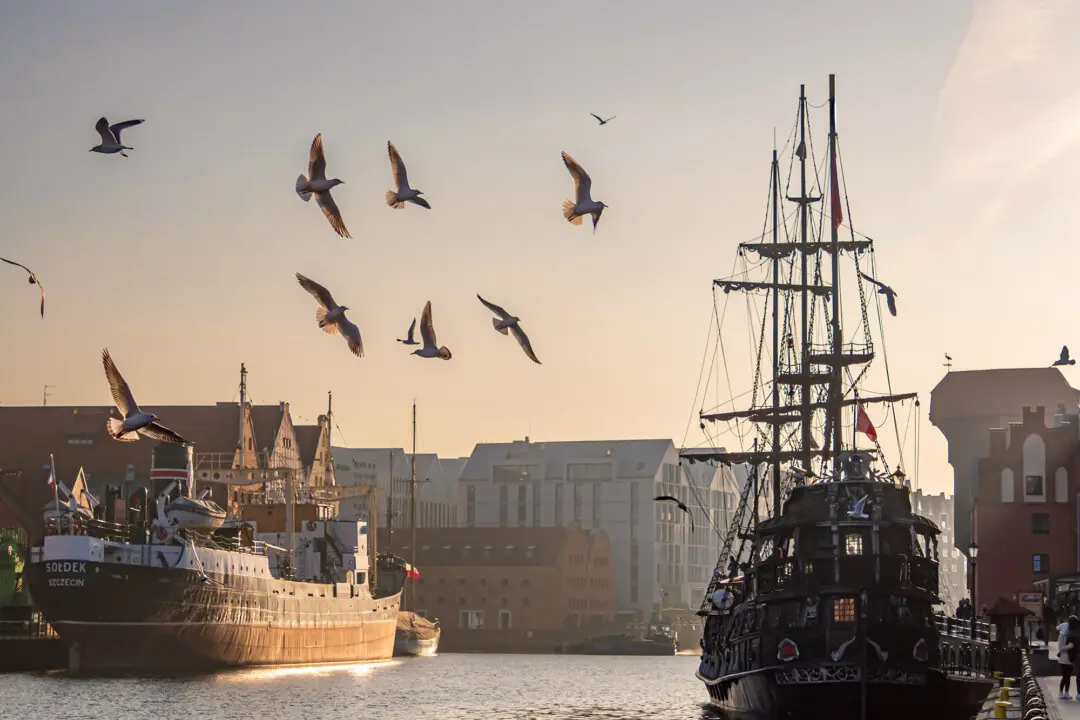Arriving in Bangkok can be an intimidating experience. Riding in the back of a little taxi through heavy traffic making its languorous way along the elevated freeway that winds from the airport toward Sukhumvit, the skyline looms. So many skyscrapers, stretching as far as the horizon. At their feet, a dense and endless web of city streets.
Dropping down an exit ramp and right into the beating heart of it, Thailand’s capital rises up around you—blocks and blocks of buzzing tuk-tuks, busy street food vendors, and markets swirling with color that completely engulf the sidewalks.





